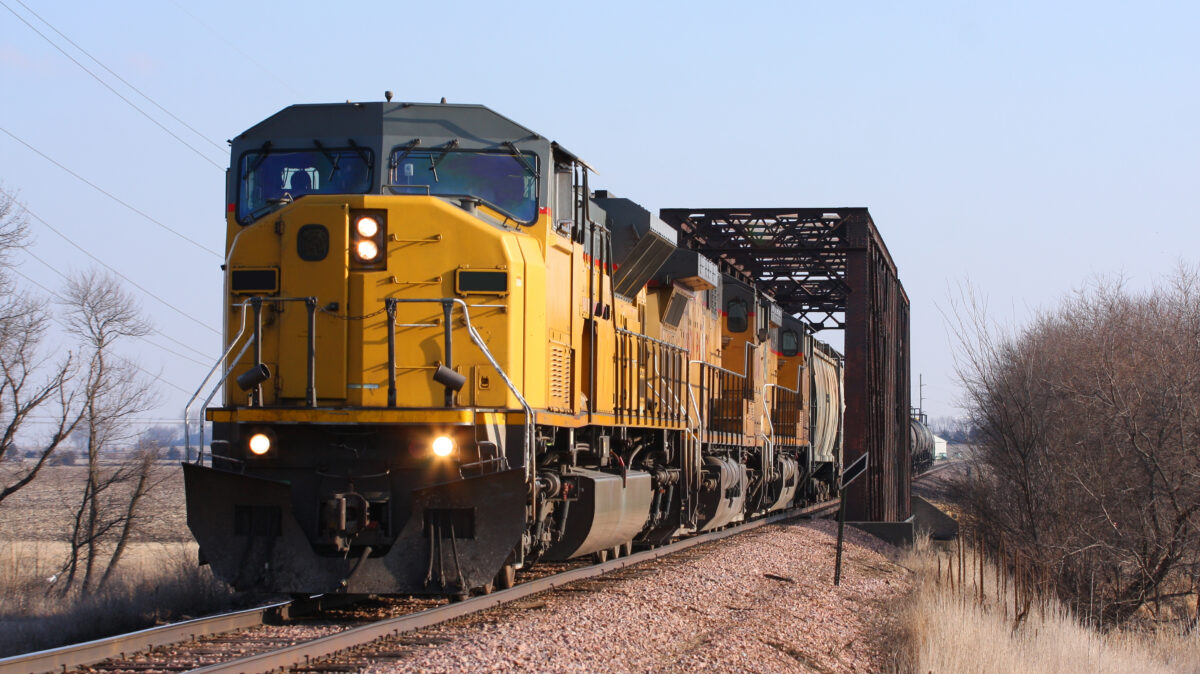NAFTA Beefs Up Sales for America’s Farmers and Ranchers
TOPICS
NAFTAGuest Author
Special Contributor to FB.org

photo credit: Getty
Guest Author
Special Contributor to FB.org
By Amelia Kent
Trade is a hot topic in the news today, and a high priority for America’s farmers and ranchers. Not convinced global trade has a real effect at the farm level? Let’s look at some ways I know trade directly impacts my farm. Thanks in part to projects funded by the Beef Checkoff, the value added to the beef industry by exports in 2017 alone was more than $286 per carcass/animal. I know this helps my husband and me on our farm as that increases the market value on the beef cattle we raise. Think about all the parts of an animal we Americans don’t use, but other cultures feast upon – that’s incredible added value!
Of that $286 per animal, 27 percent of that value is marketed to our fellow North American Free Trade Agreement countries, Mexico and Canada—totaling $1.6 billion in 2016 alone. In fact, Mexico is our second largest beef export destination and Canada our fourth largest. In other words, exports to Mexico account for 3 percent of all U.S. beef production. Can you imagine one country alone consuming that much of our farm-raised products?
We have increased our customer base while also keeping American-grown products affordable for consumers here at home.
Since NAFTA went into effect in 1994, agricultural exports from the United States to our NAFTA partners increased from $8.9 billion in 1993 to $39 billion in 2017. Yet, given the unknowns surrounding renegotiating NAFTA, our export customers may look elsewhere for ag products—and some already have. In 2017, Mexico sourced 45 percent more beef from Nicaragua and 9 percent more beef from Canada than in the previous year. In a time of expansion in the beef industry with all of agriculture being more efficient and productive than ever, these export markets are a crucial outlet for our crops and goods. Expanding our markets beyond our borders has been critical to the survivability of the American farm. We have increased our customer base while also keeping American-grown products affordable for consumers here at home.
Recently, I heard Dan Halstrom of the U.S. Meat Export Federation state: “How dark the ages can be if you don’t have trade.” That quote struck me as I ponder the potential of NAFTA renegotiations. I appreciate that some modernizing and updating is needed. How often do we have to update our operating systems, apps and software? In these discussions, however, we must protect the gains achieved in agricultural trade and work to remove the remaining barriers to trade with Canada and Mexico.
Let’s look again at whether global trade affects your farm or ranch or community. Economics, in its simplest form is supply and demand. Global trade increases demand for beef, which raises the price. What do we feed our cattle? Corn and soybeans from other farms. Increased demand for beef means increased demand for feed, which increases the prices of those commodities. You can’t deny the data. Global trade increases demand for U.S. agricultural products, which affects the farmer’s bottom line, keeping that farm and others like it in business. But the ripple effect doesn’t stop there—as American farms thrive, we secure our nation’s food supply, support millions of jobs and help boost the nation’s economy.
Amelia Kent, a member of AFBF’s current Partners in Advocacy Leadership class and the GO Team, raises cattle and hay with her husband in southeastern Louisiana. You can follow Kent Farms on Facebook, Twitter and Instagram at kentfarms_la.